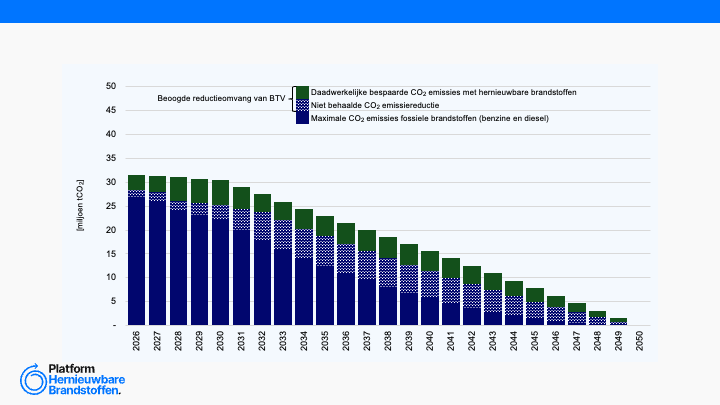The greenhouse gas emissions of an electrified vehicle combined with renewable fuels: Life cycle assessment and policy implications

This research publication by Andersson and Börjesson presents a life cycle assessment on current vehicle’s greenhouse gas impact when using a combination of electrification and renewable fuels. Within the research, three degrees of electrification are considered: a hybrid electric vehicle, a plug-in hybrid electric vehicle, and a battery-electric vehicle. These are combined with fuels with various degrees of renewable content, representing a fossil fuel, a first-generation biofuel and a second-generation biofuel. For charging, the 2020 European electricity mix is used and compared with an electricity mix of low greenhouse-gas intensity.
The research finds that renewable fuels have a greater potential to reduce the life-cycle greenhouse gas emissions than a low carbon electricity mix. The results are discussed in terms of the supply potential for renewable fuels on the fleet level. It is found that plug-in hybrid vehicles may enable the automotive sector to reach more ambitious climate goals than battery-electric vehicles. An assessment is also made of how the life cycle greenhouse gas emissions compare with the emissions as measured by current policy instruments. The discrepancies indicate that current climate policy instruments are inadequate for minimizing the automotive sector’s climate impact and suggestions for improvements are made.
Recente artikelen
Analyse brandstoftransitieverplichting

PHB presentatie: Breaking down de prijs van de brandstof aan de pomp

Platformreactie publieke consultatie Besluit energie vervoer 2026-2030


